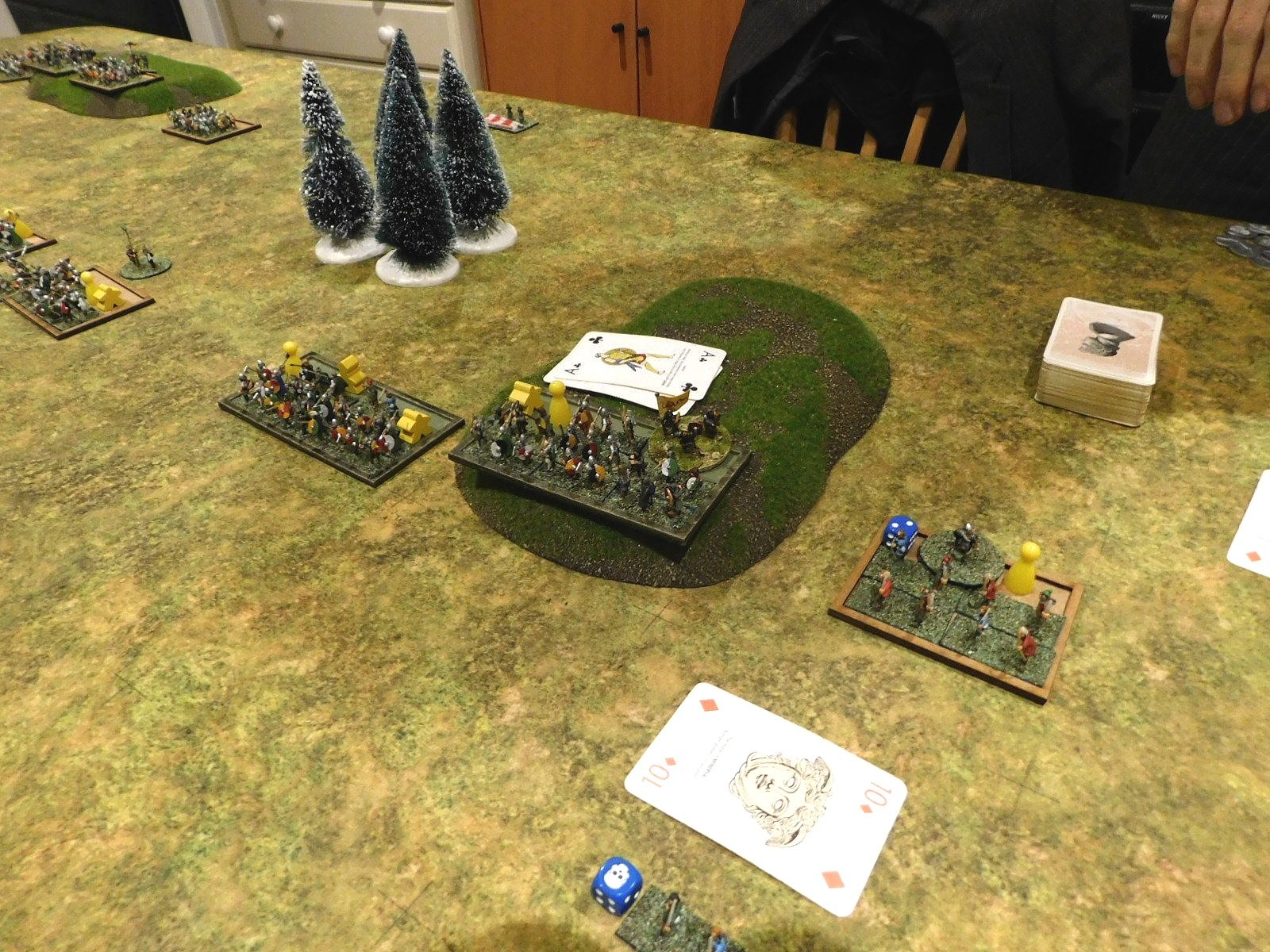Norman Crossbowmen
/I needed a rest from doing kite shields, so decided to paint up some crossbowmen bases. These would have started to appear from about 1000CE onwards.
Again, these are very nice figures from Museum Miniatures. I have painted them up as relatively ‘official’ units, all wearing padded armour a bit like a fabric version of a hauberk.
I like the poses on these figures, particularly the ones I have used at the back who are using the stirrup to pull the string back.
I’m also going to do a couple of bases of light crossbowmen, but these two bases are the backbone of the missile defence of the army.
As you can doubtless see, I had problems with the shields of the command group, so I wasn’t completely free of the shield-curse yet!









































































































































































